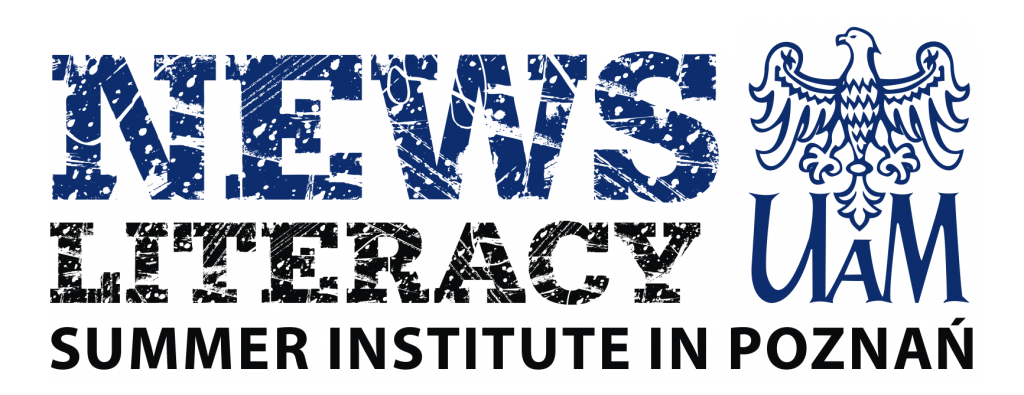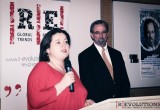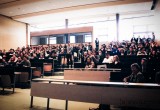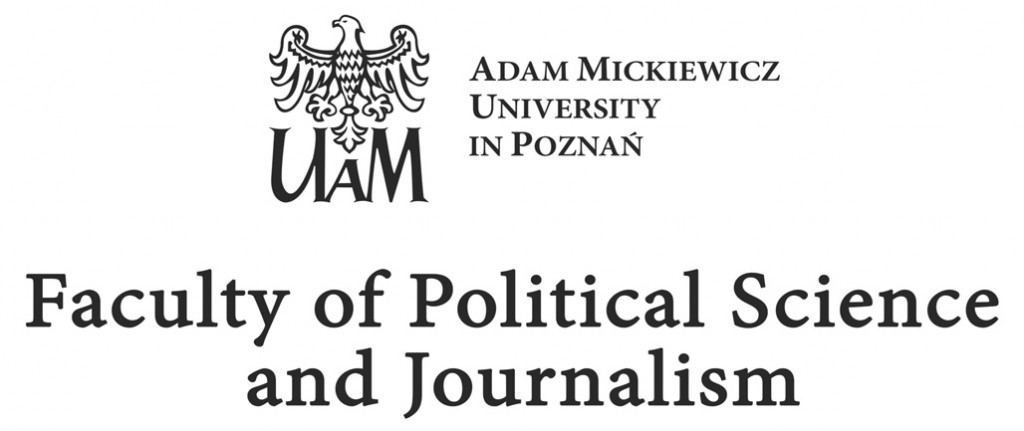// About News Literacy // Previous Editions // News Literacy Summer Institute in Poznań 2018 //
// Important Deadlines // Staff Bio // Erasmus Mundus Alumni // Faculty & City Information //
“Information is in our DNA”
This motto nicely captures universal desire to receive, share and comment on news felt by people all over the world. It is also a starting point for News Literacy- an educational concept created and developed at Stony Brook University, USA..
What is News Literacy?
Although the human species follows this pattern from time immemorial, recent technological developments have brought profound changes to the way we access and consume news.
The digital revolution has enabled us to access a true treasure trove of news content from all over the world. We can follow the events in distant places practically in real time as they unfold.
Moreover, thanks to new tools of social media (like Twitter, Facebook, Instagram, Pinterest, YouTube, Google+, Weibo, VKontakte, Odnoklassniki, Skyblog, Badoo, etc.) every news consumer can also be news producer at the same time. Every person connected to the world wide web can now post information, pictures, video and comments which can go viral. This means that they can potentially reach millions of people around the world and influence their attitude to a given issue.
The digital revolution empowers us like never before. However, as the saying goes: “With great power comes great responsibility.”
Right now, in the words of Richard Hornik, director of Overseas Programmes at the Center for News Literacy, Stony Brook University (SBU), we are all exposed to “an equivalent of an information tsunami washing over us.”
How to stay informed and avoid misinformation when we are literally flooded with news spread by domestic and international media, citizen journalists, as well as by ordinary “netizens”?
Lecturers at the School of Journalism, SBU came up with an answer in the form of an practical, innovative course called News Literacy. The course aims to help its students to become conscious news consumers through applying their critical thinking skills and work with current examples from news media.
The course turned out to be a startling success, as it has been adopted by tens of universities, community colleges and high schools across United States. Moreover, it has been successfully applied in many places outside America (like China, Hong Kong, Vietnam, Bhutan and Russia and now also in Poznań, Poland). In every instance the course has been modified to suit local conditions while maintaining its core elements, such as:
– making distinctions between different types of media content (news journalism, entertainment, promotion, etc.)
– exploring the crucial elements of a reliable journalist’s craft (balance, reliability, usage of proper sources)
– gaining knowledge of the editorial cycle and its rules for selecting information
– evaluating the reliability of sources
– learning to distinguish between media and audience bias
Richard Hornik’s visit at the Faculty of Political Science and Journalism AMU, April 2014
Material form the first edition: e first








